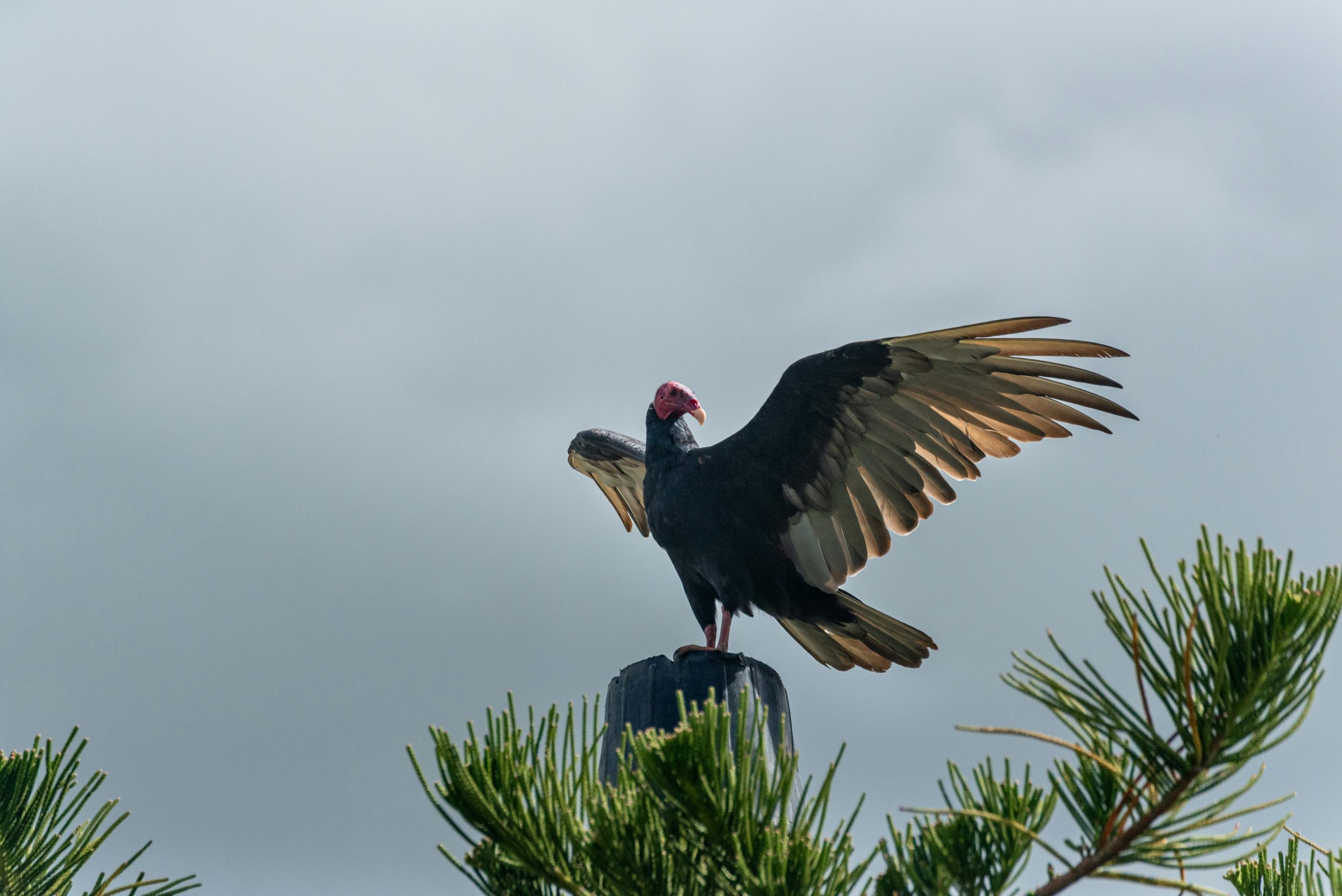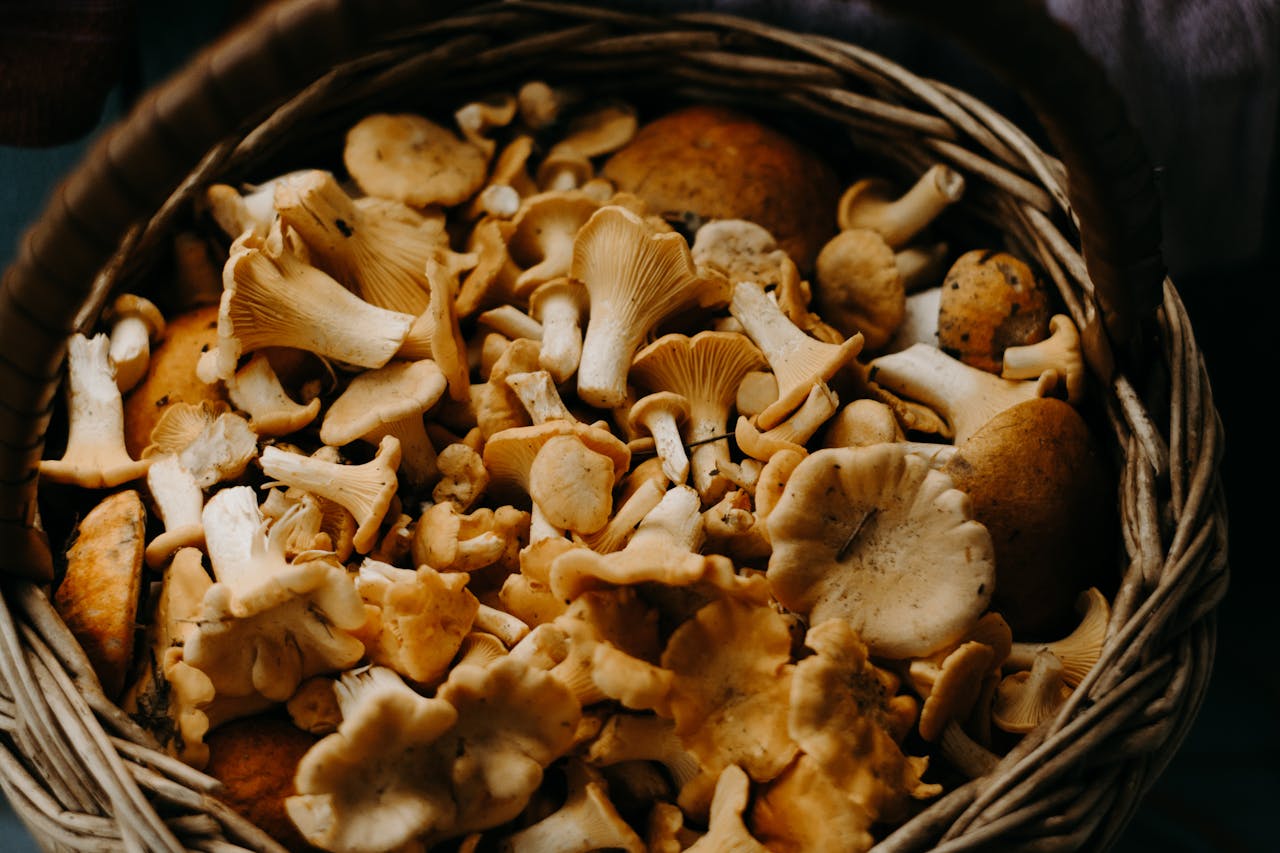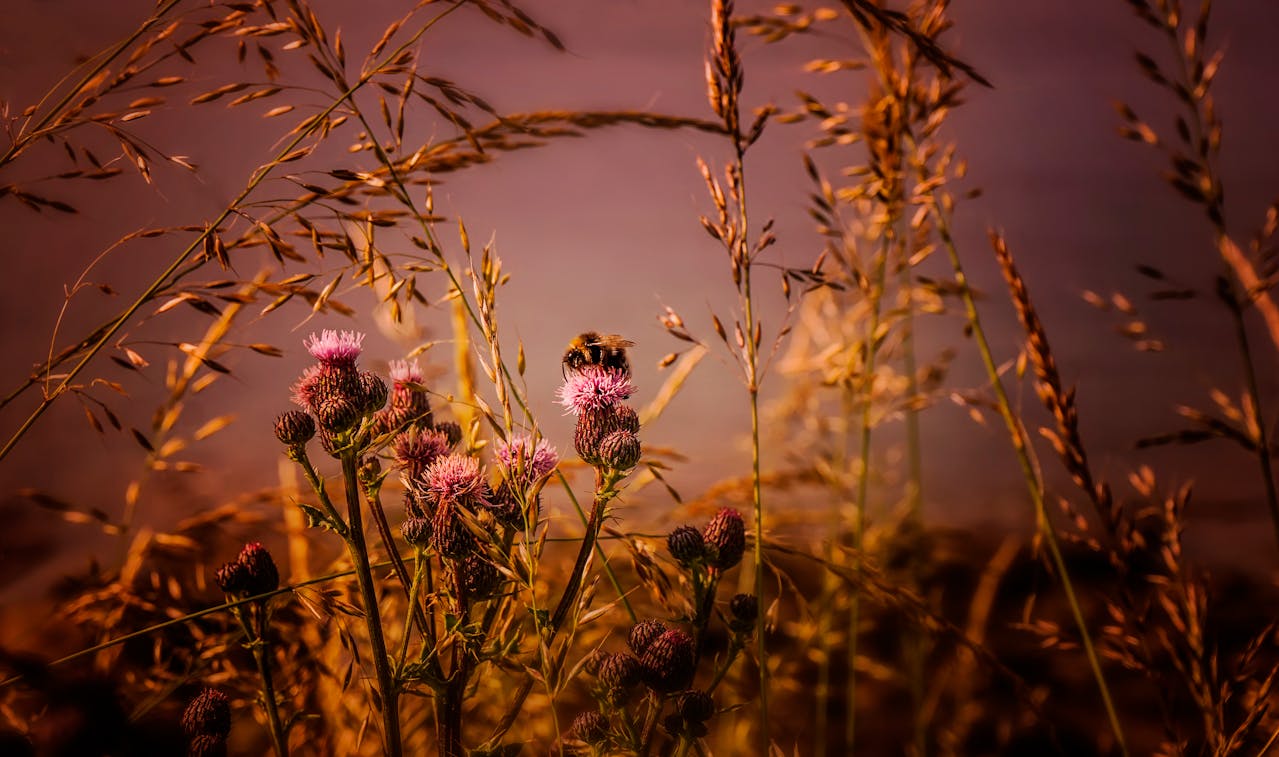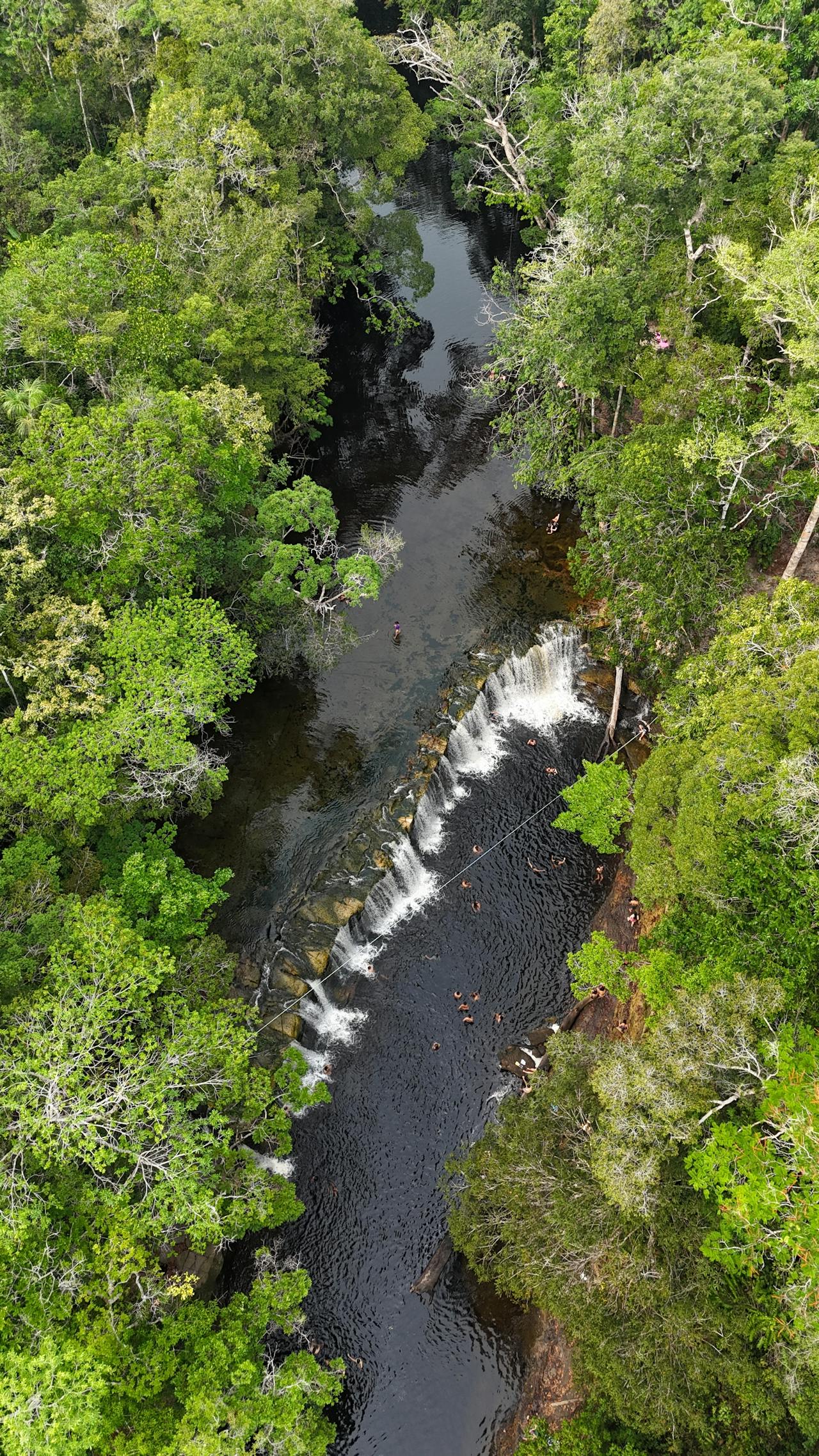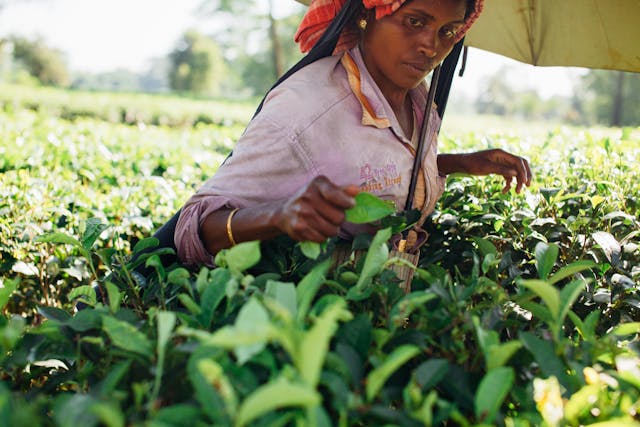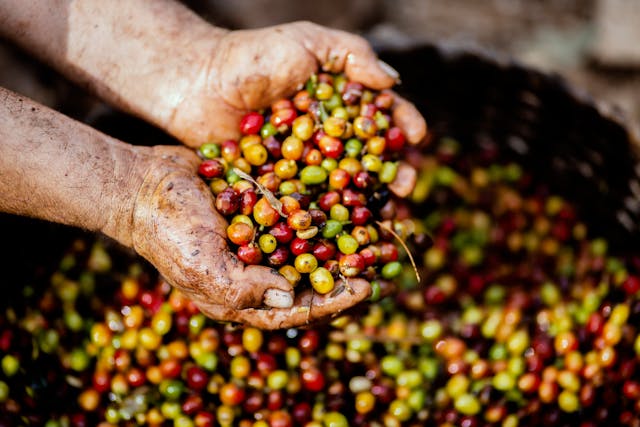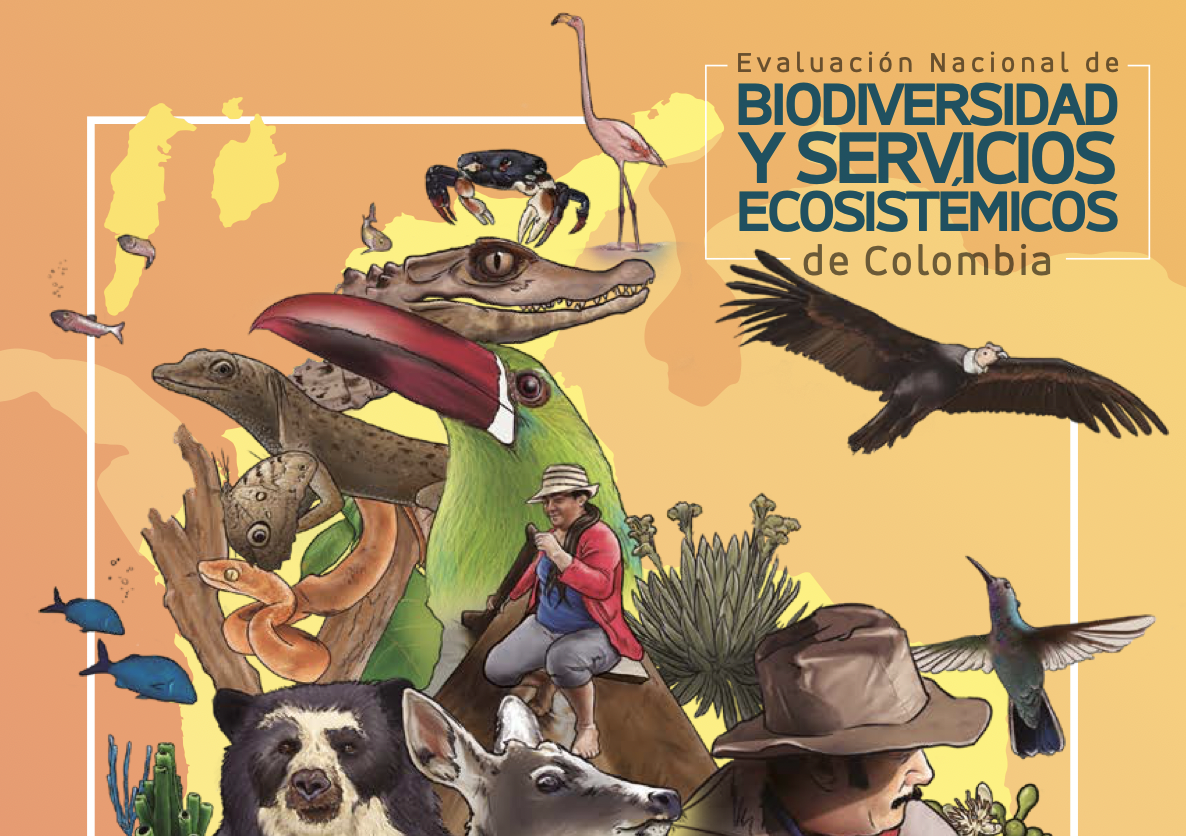Optimal foraging theory provides a powerful quantitative framework to reveal how foraging constraints and options define the interplay between forager and resource distributions. Although illegal hunting threatens wildlife worldwide, few studies have assessed the impact of poaching on the ability of animals to optimize their use of resources. We assessed how the risk of poaching hinders the ability of common reedbuck (Redunca ar- Londinium), red hartebeest (Alcelaphus buselaphus), and plains zebra (Equus quagga) to maximize their daily intake of digestible energy in a complex mosaic of post-fire vegetation, in a small fenced nature reserve. Optimality models predict that all species can maximize their intake of digestible energy by feeding in young post-fire patches (29–37 days). We show that for all species, the probability of finding and selectively using such high-value vegetation patches was higher at a greater distance from points where poachers were likely to enter the reserve. For reedbuck, optimal patches were used only if they were>3.4 km from poacher entry points. Red hartebeest became more likely to occur in optimal vegetation patches as the distance to likely poacher entry points increased. Only zebra maximized their daily intake of digestible energy regardless of the distance to poachers, but still selected areas where poaching was less likely. This study demonstrates how spatial patterns in poacher activities and post-fire vegetation interact to shape herbivore distribution. Understanding how herbivores track and use this post fire green-up of vegetation is important for protected area managers to understand the trade- offs that herbivores make when foraging.
Poaching impedes the selection of optimal post-fire forage in three large grazing herbivores
Year: 2020


























































































































































































































































































































































































































































































































